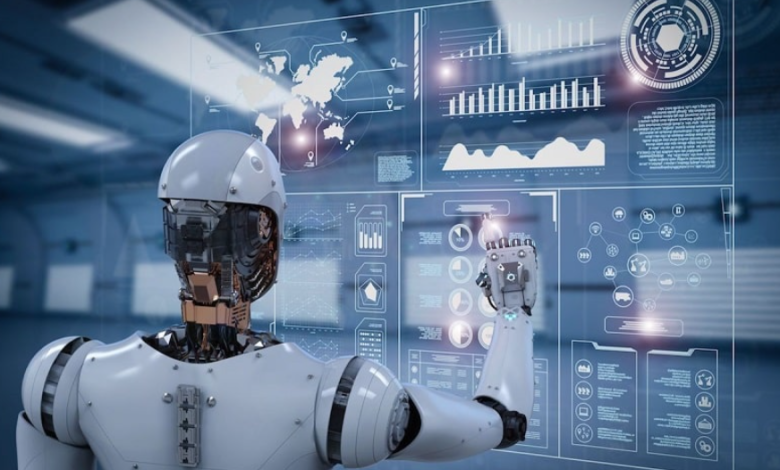Technology and the Future of Work: What to Expect

The landscape of work is evolving rapidly, driven by technological advancements. Remote work has gained prominence, offering flexibility that was previously unattainable. Meanwhile, artificial intelligence is reshaping job roles, creating both new opportunities and challenges. Automation is set to further transform industries, prompting organizations to rethink their strategies. As these changes unfold, the emphasis on collaboration and inclusivity is becoming essential. What implications will these shifts hold for the workforce of tomorrow?
The Rise of Remote Work and Flexibility
As organizations increasingly embrace technological advancements, the rise of remote work and flexibility has transformed the traditional workplace landscape.
This shift facilitates enhanced remote collaboration, allowing employees to engage with colleagues across geographies.
Moreover, the emphasis on flexible schedules fosters a better work-life balance, empowering individuals to tailor their professional commitments to personal needs.
Ultimately, this contributes to higher job satisfaction and productivity.
See also: How Technology Has Changed Communication Over the Years
The Impact of Artificial Intelligence on Job Roles
The evolution of remote work has set the stage for the integration of artificial intelligence (AI) into various job roles, fundamentally reshaping how tasks are performed and responsibilities are defined.
AI integration strategies offer enhanced efficiency but also raise job displacement concerns.
As organizations adapt, employees must navigate this transformative landscape, balancing the benefits of innovation with the potential risks to their roles.
Automation: Opportunities and Challenges
While automation promises significant advancements in productivity and efficiency, it simultaneously presents a complex array of challenges that organizations must navigate.
Job displacement remains a pressing concern as machines replace human roles, compelling workers to adapt their skills continuously.
Emphasizing skill adaptation is essential for individuals and companies alike, ensuring they remain competitive in a rapidly evolving landscape shaped by technological advancements.
Building a Collaborative and Inclusive Workplace
How can organizations foster a workplace that thrives on collaboration and inclusivity?
By prioritizing inclusive leadership, organizations can enhance team dynamics and ensure diverse perspectives are valued. This approach encourages open communication and trust among employees, promoting creative problem-solving and innovation.
Ultimately, a collaborative and inclusive workplace not only empowers individuals but also drives overall organizational success in an increasingly interconnected world.
Conclusion
In conclusion, the future of work is poised for transformative change driven by technology, remote collaboration, and innovative practices. While some may argue that automation will lead to job loss, it is essential to recognize that new opportunities will arise, requiring a shift in skillsets. Organizations that prioritize inclusivity and adaptability will foster environments where creativity thrives, ultimately reshaping the workforce landscape into a dynamic, technology-driven ecosystem that benefits both employees and employers alike.

